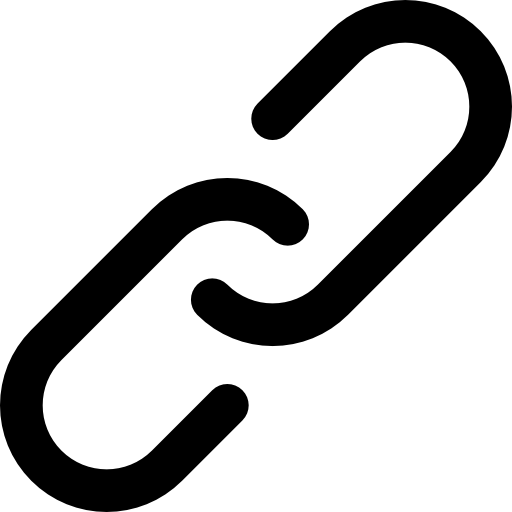In a previous blog post we talked about how to change your chain as an essential mechanical skill you will probably need at least once in your cycling lifetime. As a follow up to that I thought we’d go into how to care for your chain for anyone who feels a little lost when it comes to common bike mechanics and what to look out for.
You probably don’t think about it but your chain works really hard. It’s estimated that for every minute you pedal around 44,000 chain pieces are moving which creates 320,000 instances of sliding surface friction. This is why lubricating your chain is so important. You also need to consider that your chain is exposed to the elements, especially mud, grit from the road and splashback from rain and standing water.
Maintain your chain
Hands down the best way to protect your chain against wear is to clean it and lube regularly. It is a task that you want to do carefully, if you overload the chain with lube product you not only waste it but you can gum up the links and cause dirt to stick.
The best method of cleaning the chain is to use a chain cleaner, these are cheap enough to buy and because this is a habit you want to get into, it’s worth it in the long run. As well as making your cleaning quick and less messy it stops any degreasing agent from accidentally getting into other parts of the bike where grease is needed, like the freehub and bottom bracket.
You want to try to lube the rollers only rather than the whole chain, especially the outside of the chain. Ideally, you will be looking to lube each roller individually. Wipe off any excess product when you have finished with a dry cloth.
Also after you clean its good practice to wipe over your chain after a wet ride to remove any water then re-lube to compensate for the product that has been washed or wiped off. This will help prevent chain rust.
Change your chain
Most bike chains will need to be changed out for new every 3,000 to 5,000 kilometres. It will depend a bit on how hard you ride and what the weather is like as well as the type of lubricant you use, how you shift, where you ride and what the chain quality was like to begin with. Wet, muddy or humid conditions or very aggressive riding will decrease your chain condition faster. Technically you can let your chain run longer, even as much as 13,000 to 15,000 kilometres in good conditions, the right lube and regular maintenance, however, most mechanics will agree that over 8,000ks of use your chain becomes significantly less efficient and wears down the teeth on your cassette and chain ring, meaning more friction and greater risk of having to replace these parts as well as lost power and performance. For the simplicity of changing a chain and the low cost compared to a whole new cassette, it’s good practice to measure regularly and change your chain as soon as you notice stretching.
As the chain wears down it distorts the sprocket teeth, which is why you may notice your gears failing to shift or skipping if your chain is old.
Fun fact: When riding the Tour De France many pro riders go through two or even three chains due to wear over the course of three weeks.
Use a chain checker
A chain checker is the easiest way to check the wear of your chain. Although you can just use a measuring tape to check your chain if you like because you want to measure your chain regularly it is a solid investment to have a chain checker in your toolbox. What this measures is stretch so you can see just how much strain and wear your chain has been put through.
Chain checkers are not expensive. You will want to check your chain in a number of places because your chain will most likely not wear out evenly. Be sure to avid and quick links you may have when measuring. Because there are so many different types of chain checkers out there it’s best to get a demo of how your chosen one works at a bike shop.
Measure without a chain checker
If you don’t have a chain checker you can use a ruler. Simply measure 12 complete links of your chain while it is still on your bike. A new chain will be just under 305mm long (exactly 12 inches). If your chain is still okay it will be under 308mm, allowing for 3mm of stretch. If your 12 links are 308mm in length or longer than your chain is well and truly spent.
Warning: If your chain is stretched and you continue to ride it will start to wear down the teeth on your chainrings and cassette. This damage cannot be repaired, your only option is to replace your parts for new to avoid having the cost of anew drive chain every time.


